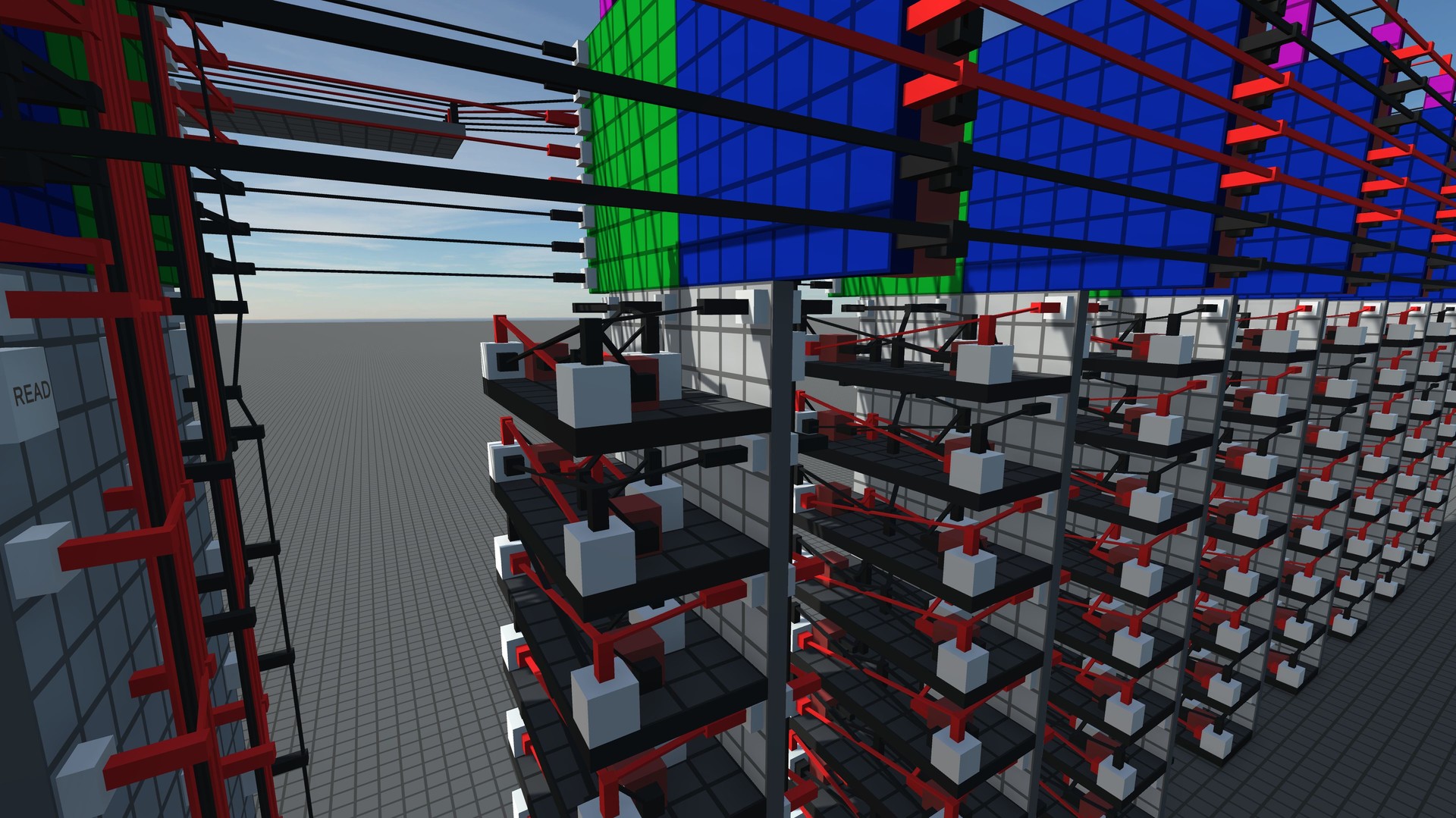

Yet the civilian-military consensus was also strained by the war: on August 6, 1945, the day the atomic bomb exploded on Hiroshima, residents near Hanford, in south central Washington, were told for the first time what had been produced on the 400,000-acre lot near their homes. In addition to industry, the University of Washington hosted military personnel and a Navy unit, while academic departments from home economics (training students to can food for shipment overseas) to chemistry (which developed a laboratory for chemical warfare) were induced by the Department of Defense to provide for the war.

Geographically strategic in a war against Japan, Seattle was transformed by the war effort. Warships, bombers, tanks, transport, plutonium for the atom bomb, wood products, and minerals were produced in Seattle’s air fields, shipyards, and laboratories and from new mills in Spokane, Vancouver, and Tacoma. ĭuring World War II, Washington State produced more war materiel per capita than anywhere else in the country. At the University of Oregon in Eugene, students led a 1,000-person campus protest as part of the 1935 national Student Strike Against War. At the University of Washington, student activists in the American Students’ Union (ASU) organized protests, meetings, and anti-ROTC campaigns to such an extent that the dean of the University handed their information over to the FBI. The largest student demonstrations of the period were explicitly anti-war and anti-fascist, and aimed at avoiding another world war. Made up of a coalition of liberals, pacifists, communists, and socialists, students in the 1930s sought to identify with the mass labor struggles of the decade, oppose racial discrimination in the US and fascism abroad, and advocated for domestic relief programs. Through its identification with the American labor movement and its links to the radical organizations of the World War I decade, the 1930s student movement was very different from the antiwar activism that developed on campuses in the 1960s. Yet there were cracks in the consensus: the student movement of the 1930s, active in the Northwest, challenged both the spread of fascism and the drive to war, while a few Japanese residents of Seattle protested their loss of civil liberties in the internment camps.ĭuring the 1930s, a nationwide student movement developed that, at its peak, involved hundreds of thousands of students.

(Photo courtesy of the Museum of History and Industry) Northwest Antiwar History: Ch 2 Cracks in the Consensus: World War II by Jessie KindigĪs elsewhere in the country, World War II in Seattle involved the mass participation of soldiers, a boom in wartime industry, and public displays of support. At Heart Mountain camp in Wyoming, interned Japanese citizens protested their loss of civil liberties. Ethnic Japanese residents of the Pacific Northwest lined up outside of Camp Harmony internment camp near Puyallup, Washington, 1942.


 0 kommentar(er)
0 kommentar(er)
